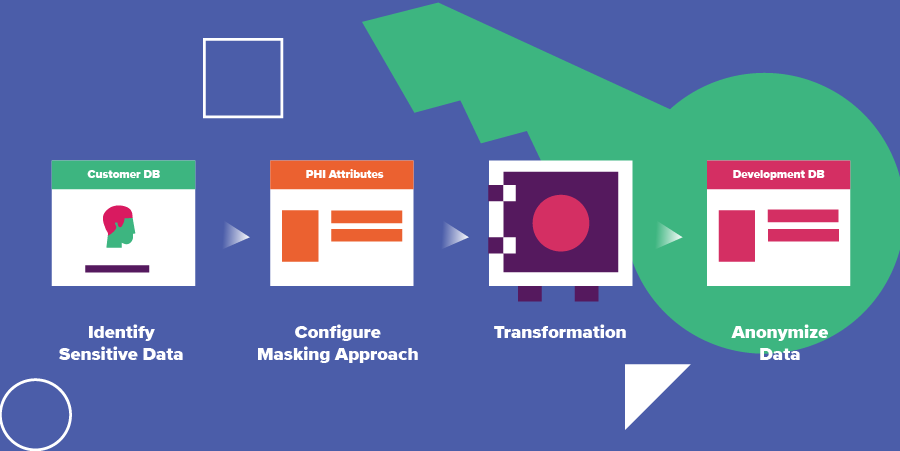A life science company in the United States has spent over 10 years developing a cancer treatment medication and is on the precipice of the human trial phase. Before testing can commence, subjects need to be screened and approved, then de-identified for a double-blind study. With patient lives on the line, the company must establish streamlined workflows using technologically advanced solutions to develop forms, track data, and mask study participants.
The life science industry must modernize processes and restructure workflows to ensure efficiency and compliancy in today’s digital economy. This includes updating verification surveys, creating streamlined intake forms, and effectively masking patient data. Current legacy systems lead to inaccurate results in research, impeding go-to-market time for new medications and treatments, leading to significant profit losses. Optimization of outdated workflows ensures clinicians and researchers can focus on what matters—developing effective treatments for better patient care.
Forms and surveys are an often overlooked necessity of healthcare technology most in need of an overhaul. Many healthcare facilities employ an internal development team to custom build the forms and questionnaires required to capture critical patient information for treatments or acceptance. This solution can be beneficial, but often costly due to overages charged by their software vendors.
The data collected by these forms is also an area of concern and risk.

Healthcare falls below average in some data competency metrics
According to an International Data Corporation report, healthcare data growth outpaces manufacturing, financial services, and media industries. The estimated compound annual growth rate (CAGR) of healthcare data is expected to be 36 percent by 2025.
While data growth is exploding, healthcare IT investment is among the lowest across virtually all industries. Healthcare IT departments have difficulty keeping up with data management challenges, let alone making investments into advanced data application technologies. The report also found that more than 40 percent of healthcare organizations struggle to hire employees with the necessary data skill set required to keep abreast of data needs.
Look to reusable software components
Given this growth in data and need for patient-led applications, healthcare and life science companies are investing in software accelerators to save time and money. It is estimated that by using a software accelerator, such as SoftServe’s Human 360, companies can save four months of development time—and one quarter of the cost of building forms and surveys manually. These accelerators leverage web and mobile devices to increase patient engagement and derive insights from disparate data through analytics.
Accelerators allow research companies to optimize test subject acceptance workflows, surveys, forms, and data requirement evaluations.

Three key features to consider when selecting an accelerator:
- Enabled for web and all mobile devices to empower patient interaction and engagement
- Customizable interface with an .XML approach to design and build forms with no developer experience (or time) required
- Automated data anonymization to mask protected personal information (PPI) for development and research purposes—data is identified, masked, transformed, and anonymized
- Highly scalable and reliable data processing architecture supporting real-time analytics, data discovery, and business reports
For more information on building forms and surveys, read our whitepaper Patient-centric Pre-Registration Experience for Healthcare .
Coming full circle
For successful clinical trials, patient data must effectively weave through the researcher’s system. Forms must be optimized to ensure efficient processing and data utilization—from the initial validation survey to registration forms, data masking, and data processing and analytics. By converting various, disconnected systems into streamlined workflows, medical professionals are better equipped to provide insights for outcomes-based models.
Using SoftServe’s Human 360 accelerators, healthcare professionals and IT staff can optimize workflows using forms, surveys, and data processing. Proven to save four months of development time and one quarter of the cost, the benefits of building with Human 360 are obvious. To learn how our team of innovators empower clients to transform healthcare, contact SoftServe today.

